TABLE OF CONTENTS
TABLE OF CONTENTS
Other Usefull Contents
You can see many success stories from our customers, and you may be one of them in the future
So, in this article, we are officially providing a completely free lite version of NBdesigner. Click the "Get Now" button to get our free package
Read MoreThe pandemic has forced many furniture stores to shut their shops and as such it has become hard for anyone who wants to furnish their homes. Interior design software counter this by letting you design, create and choose the furniture you want which you can later buy from the online markets or offline stores of your choice.
Read MoreCurrently, The Demand For Printing On Demand Is A Global Trend, But For Current Online Design Services, When Customers Design A Product And Order. You Want To Refer Back To Those Product Samples So You Can Have Your Own Development Inspiration.
Read More
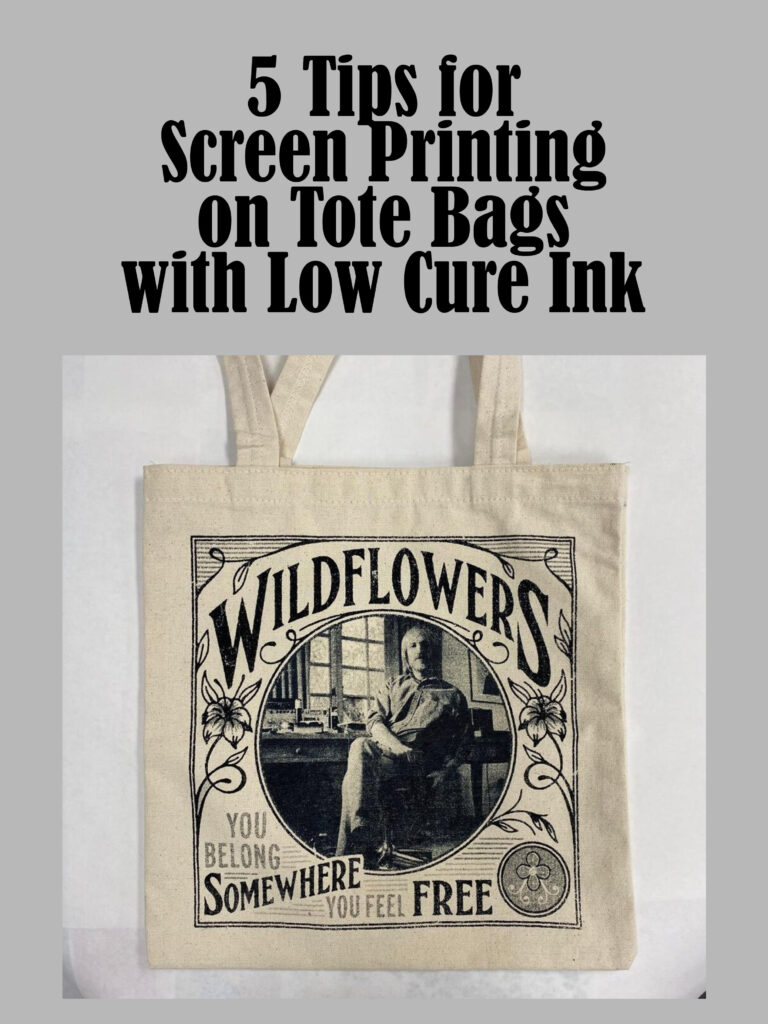
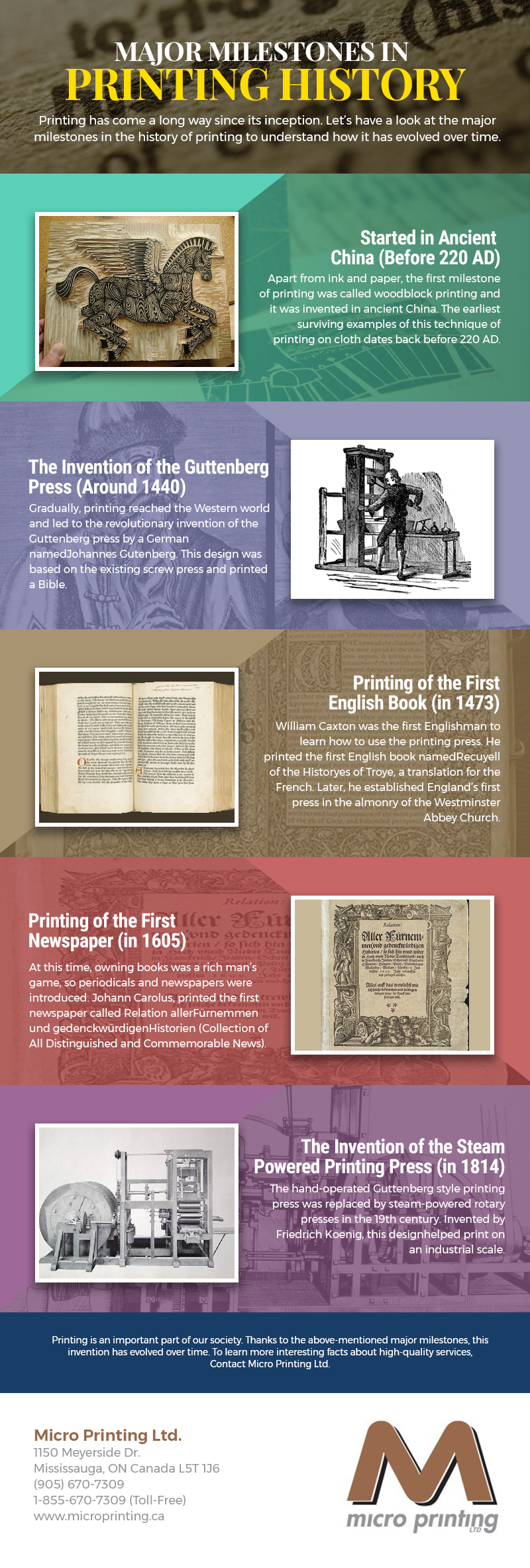
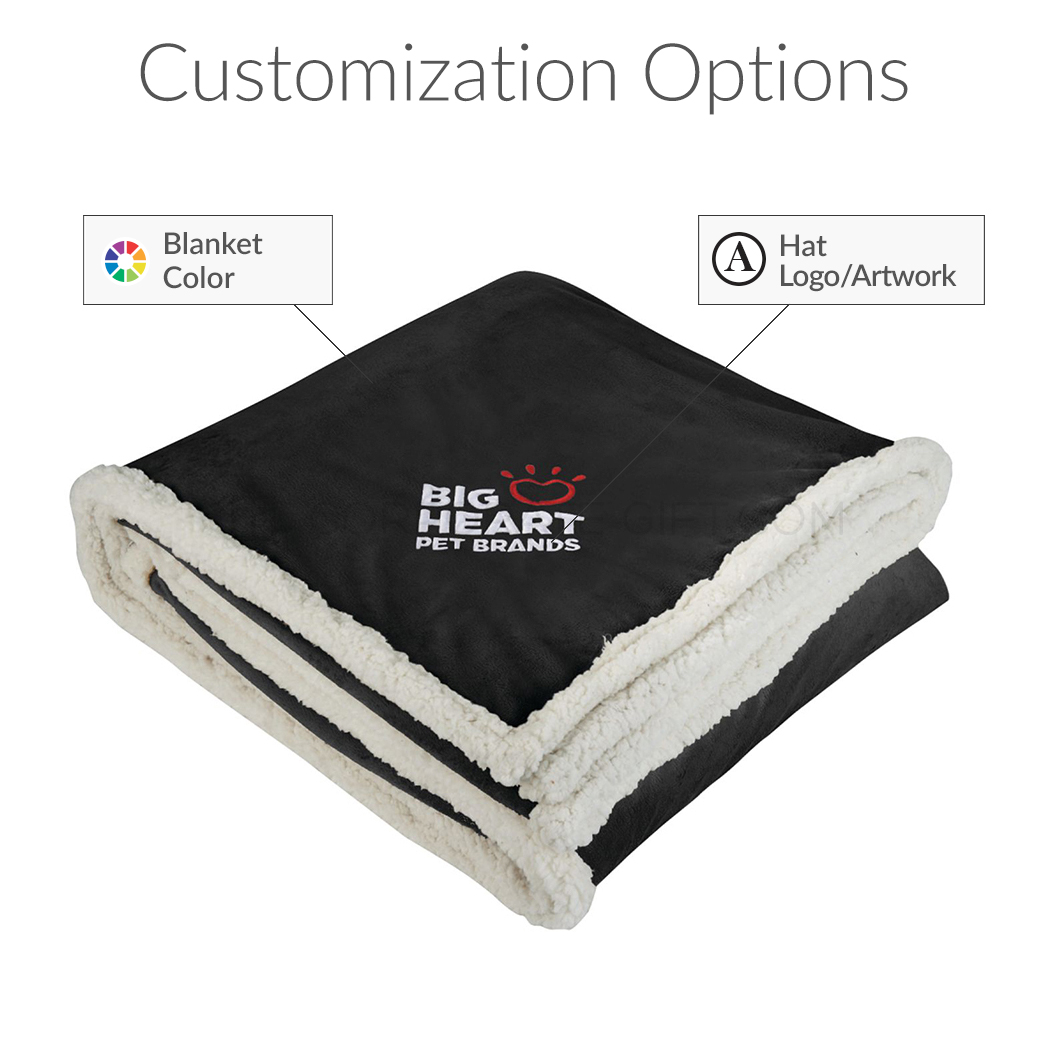


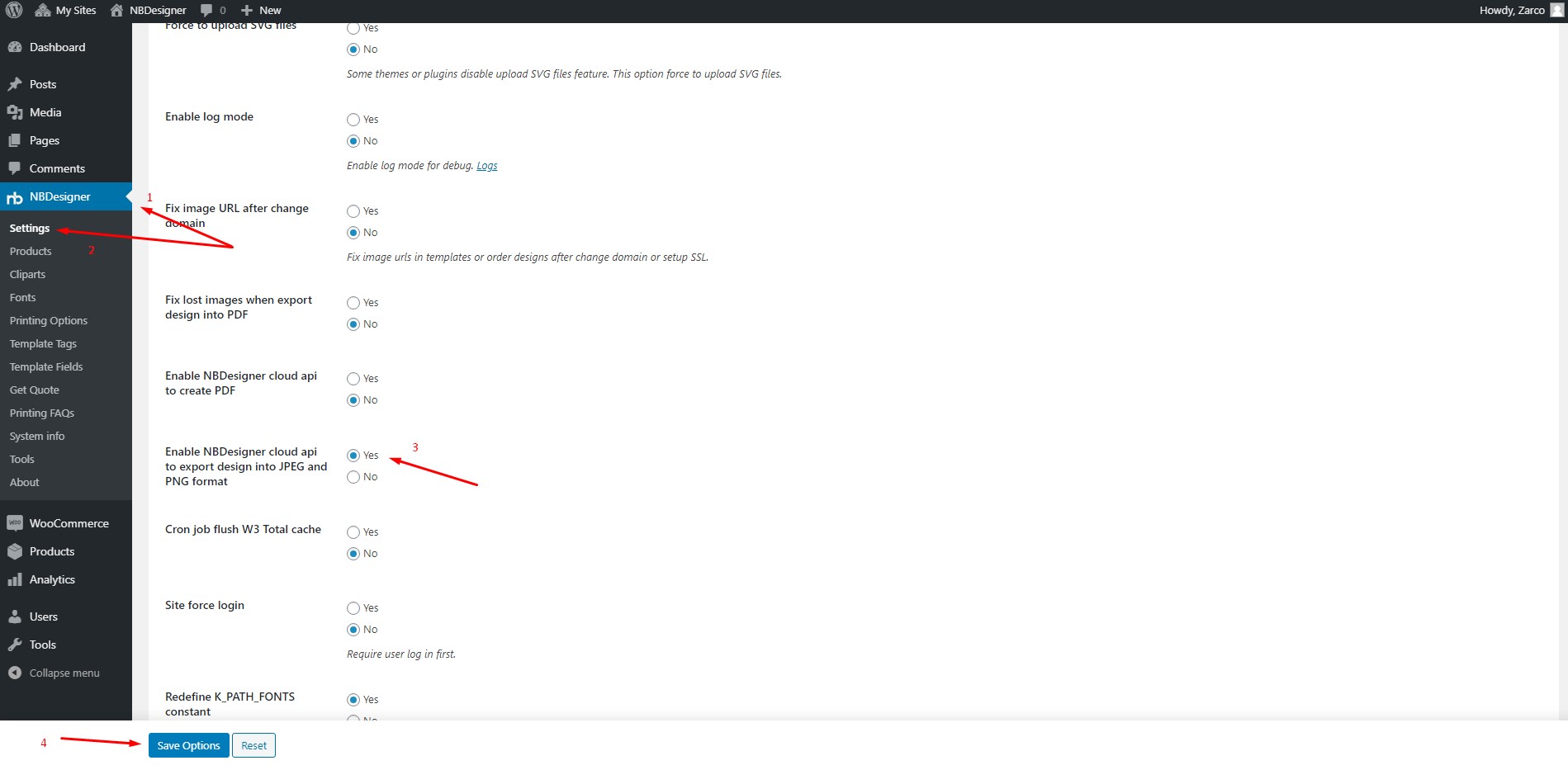








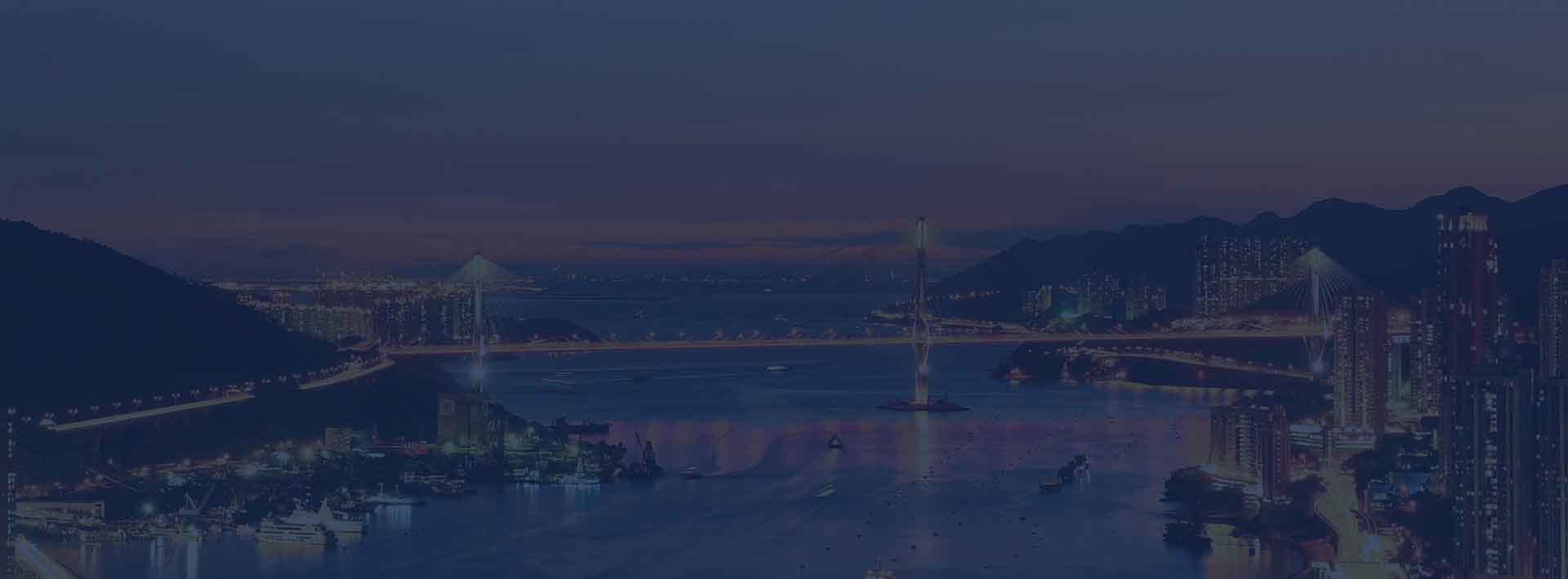
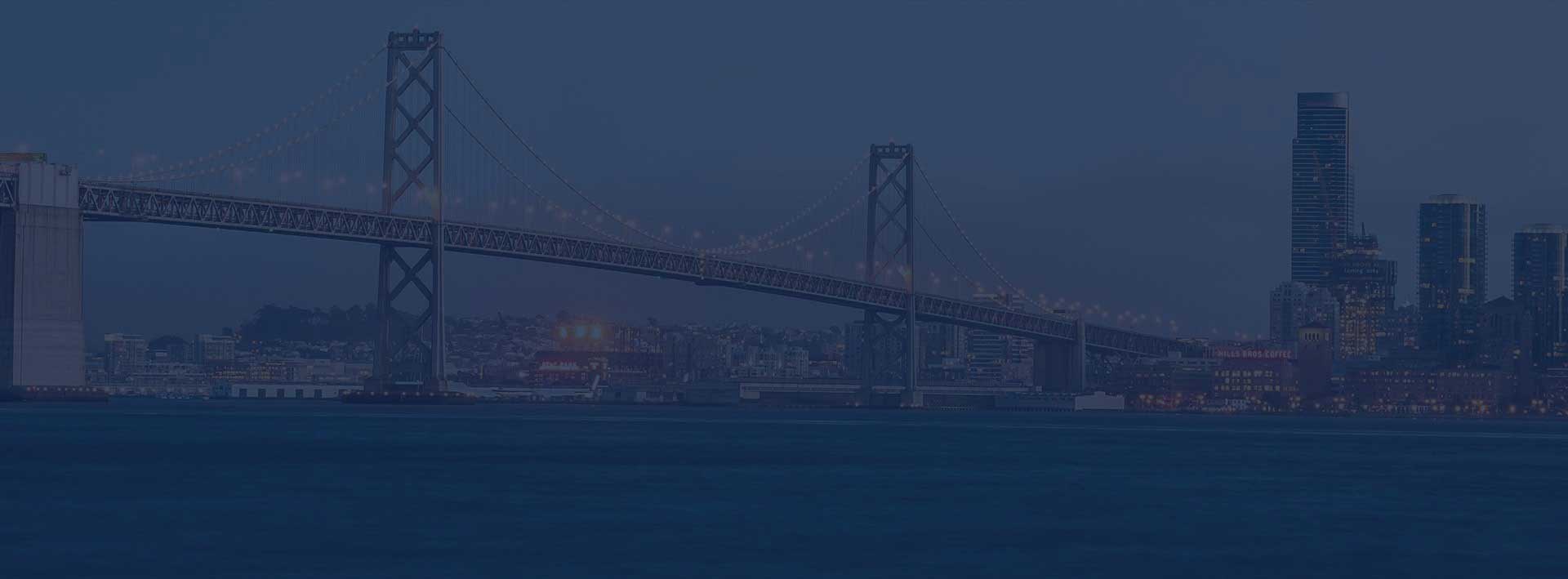
Information technology is developing more and more, leading to a variety of specialized software for imaging and graphic design, from which many different types of images and design file formats have emerged. This causes difficulties for designers, especially beginners, who often find it difficult to distinguish the usage of those file formats.
Understand the difficulties that designers are facing, We will help you summarize the 7 most common design file formats in the article below.
Let's find out
1. JPG format
JPG or JPEG (short for Joint Photographic Experts Group) is a 16bit image format, combined with 3 basic colors, red, blue and green to display millions of colors for the image. For that reason, the JPG file format is very popular and is widely used on the Internet platform and most digital cameras (Digital Camera) use this image format. You will easily see that JPG images are quite eye-catching when viewed on electronic display devices such as phones, LCD screens ...
JPG is capable of compressing images quite well.
Assuming you have a 1MB photo, you can compress it to 500KB or 100KB. But JPG belongs to the type of image compression that will lose data, which means the image will lose quality if you export the image as JPG continuously many times, or you copy or save a JPG image from the internet. reduced image quality. That makes us see blurred and defocused areas in image areas when we enlarge the image. Therefore, JPG images are only used for display on electronic devices, but rarely used for editing and printing, and professional photographers do not prioritize this format.
Characteristics of JPG files:
2. PNG format
PNG stands for Portable Network Graphics. With the original lossless compression, no matter how many times you save a PNG file, its quality will be preserved.
With transparent background support, the background splitting images are usually saved as PNG image extensions. So images like icons, letters without a background in PNG format can be used to mount anywhere without fear of borders.
Note that the PNG file is quite large, larger than the two formats JPEG and GIF mentioned above because it is not commonly used for websites except that the Logo has a translucent and transparent effect.
Characteristics of PNG files:
3. PSD format
PSD (Power Spectral Density), or short for the software that created it: Photoshop Document, is a file saved as layers that allow the user to work with them even if the file is saved. After the user has modified to a certain extent, Photoshop allows you to "merge" layers into one and convert them into another format to use such as.JPEG, .GIF, .TIFF.
Remember that when you save in a format other than .psd, you cannot edit it again. So save a PSD copy somewhere, just in case you need to edit it later.
It is also a design format, but unlike Illustrator colleague with an infinite vector of unbreakable stretching, Photoshop builds on the Raster platform, not when enlarging the image beyond the quality you first will reduce its quality.
Characteristics of PSD files:
4. GIF format
GIF (Graphics Interchange Format) is also a long-standing format and is commonly used on the Internet. GIF is an 8-bit color file, which means its image is limited to a maximum of 256 colors. Complex images often have many different color tones, so when converting images to GIF format, there will be a loss of color space. This is the reason very few people choose the GIF image file format.
But because of the support for such few colors, often the GIF file is many times smaller than JPEG. Besides, you can create GIF animations through Photoshop software or gifmaker.me website which is quite good and easy to compatible with web browsers so it is quite convenient to upload. GIF images are compressed according to Lossless standards, so there is no loss of data when compressing.
Characteristics of GIF files:
5. EPS format
EPS, short for Encapsulated PostScript, is a file format for saving graphic products such as logos, drawings, illustrations in vector format. Therefore the EPS format is often used for print, very little for online display.
Because it is built on a vector foundation, it can be freely increased in size without changing quality. EPS format is supported by a number of popular design software and can be converted to other formats such as JPEG, PDF, TIFF by software such as Adobe Photoshop, Adobe Illustrator, Corel Draw ...
Note that it is possible to convert .ai files to .eps to cut the size in half.
Characteristics of the EPS file:
6. PDF format
PDF files have limited editing capabilities because it is intended to be a more publishing format. You can see that when we send a Word file (.doc) to other people, there will be cases where the font error occurs because their Word software is not the same font as you. Therefore, many people, after creating Word documents, will save 1 more PDF format to send to friends, colleagues, and partners.
This also applies to complex design files like Ai or PSD, when you go to print, you just need to save the file as a PDF to be able to print anywhere, any device. In addition, the PDF file is quite small in size, so moving and sharing is also very convenient.
Characteristics of PDF files:
7. AI format
AI is a file format created by one of the leading design software, Adobe Illustrator. It is also a vector graphics file format like EPS, so it is possible to zoom in and out at will without affecting product quality.
When saving, space will stay the same, so the .ai file is usually quite heavy. People often save them as .eps or .pdf files for fast printing and no data loss.
In addition, the .ai format is also very popular because it can be opened in other filmmaking and 3D-making software such as After Effects, Cinema 4D, Maya ...
Characteristics of AI file:
Hopefully, with this information, students as well as designers will grasp the basic knowledge about the types of file formats so as not to encounter difficulties and confusion in their design process.
Currently, NBDesigner has added PDF format so that you can have choices when designing online forms,
This format will give you more choices and is very convenient to display, and with this format, it will be very suitable for printing.
For more detail, please follow the video tutorial below to understand How to open a PDF file in NBDesigner
:
OTHER ITEMS
NetBase provides Template, Extensions, and e-commerce solutions for open source: WordPress, Magento, Joomla Virtuemart. Other awesome items also come from NetBase Team:
You can refer to the great products and features of WooCommerce online Product Design plugin here: Check Out
You can visit the demo here: Visit Demo
Hopefully, with the new features in this edition, the Online Product Design Plugin can nurture your creativity while maximizing your ability to transform your designs. If there are any problems with using the product, please contact us to get the best support. Thank you for listening!
Conclusion
Understanding the diverse range of design file formats is crucial for any designer, from beginners to seasoned professionals. Each format serves unique purposes and offers specific benefits that can optimize both the creation and distribution of your digital works. By choosing the right file format for each task, you enhance the effectiveness of your designs and ensure they are presented at their best, regardless of the medium or platform. Embrace this knowledge to streamline your workflow, improve project outcomes, and boost your efficiency in the dynamic field of graphic design.
Remember, the right tool for the right job not only elevates the quality of your projects but also reinforces your professionalism in the eyes of clients and collaborators. Continue to explore and experiment with these formats to find the perfect balance for your creative needs and professional demands.
Best regards.
David Printcart
This quote has stayed with me throughout my journey—especially as I built Printcart from the ground up.
I'm David, CEO of Printcart, a division of Netbase JSC, and I’ve dedicated the past 15 years to transforming the Web-to-Print and Print-on-Demand (POD) industry. My goal from the beginning has been clear: to help printing businesses around the world scale through automation, personalization, and smart technology.
Before Printcart, I spent years consulting and launching web-to-print platforms for printers of all sizes—from local shops to global enterprises. That experience taught me to ask the right questions:
How can we reduce manual steps for printers and let them focus on growth?
What tools do customers need to personalize and place their orders effortlessly?
How can we make the Web2Print journey smoother, faster, and more profitable?
At Printcart, we combine AI, cloud-based automation, and a plug-and-play customization engine to bring that vision to life. But more than features, we care about outcomes—helping our clients deliver better user experiences, close more deals, and scale sustainably.
I’m always open to new ideas and feedback from the community. If you’re exploring how to evolve your print business or launch a new eCommerce venture with Web2Print capabilities, feel free to connect directly.
Let’s talk growth.
Email: project@printcart.com
My WhatsApp: +84937869689